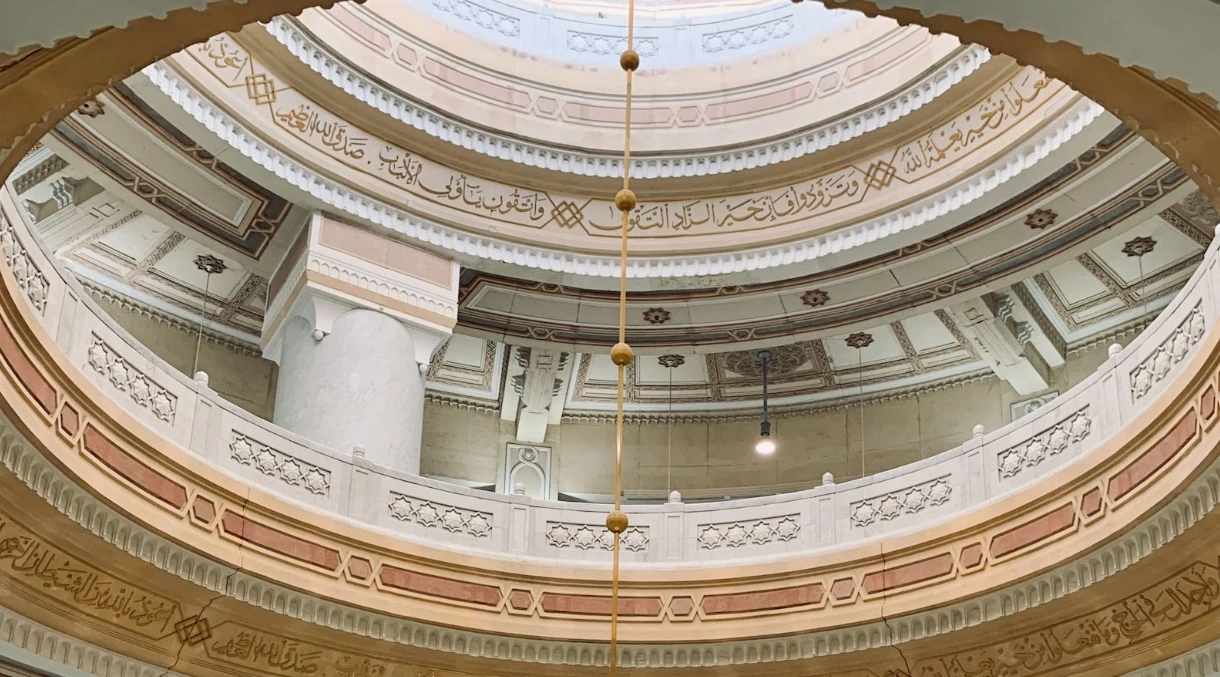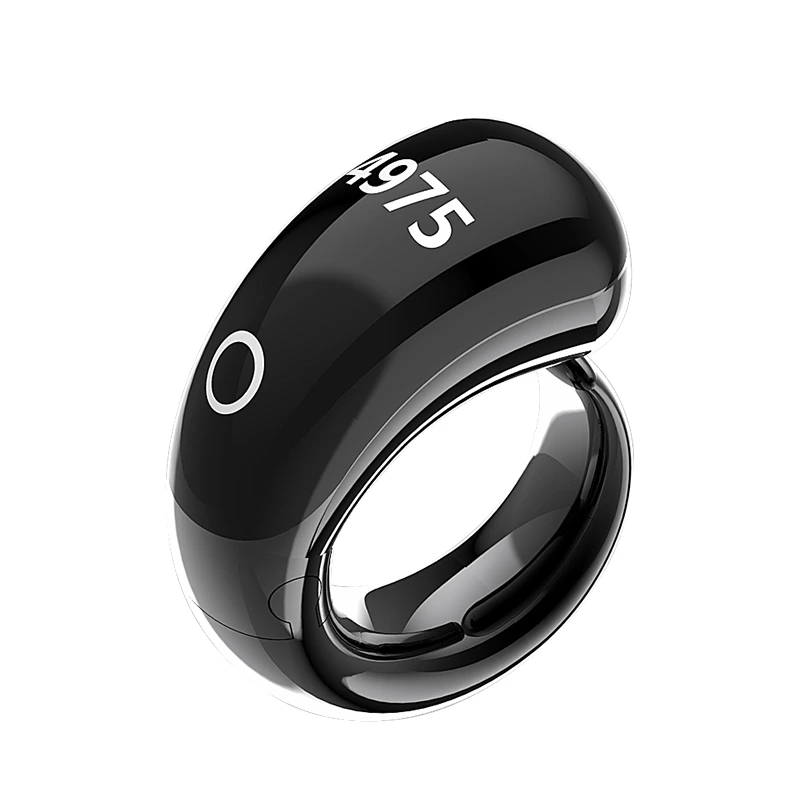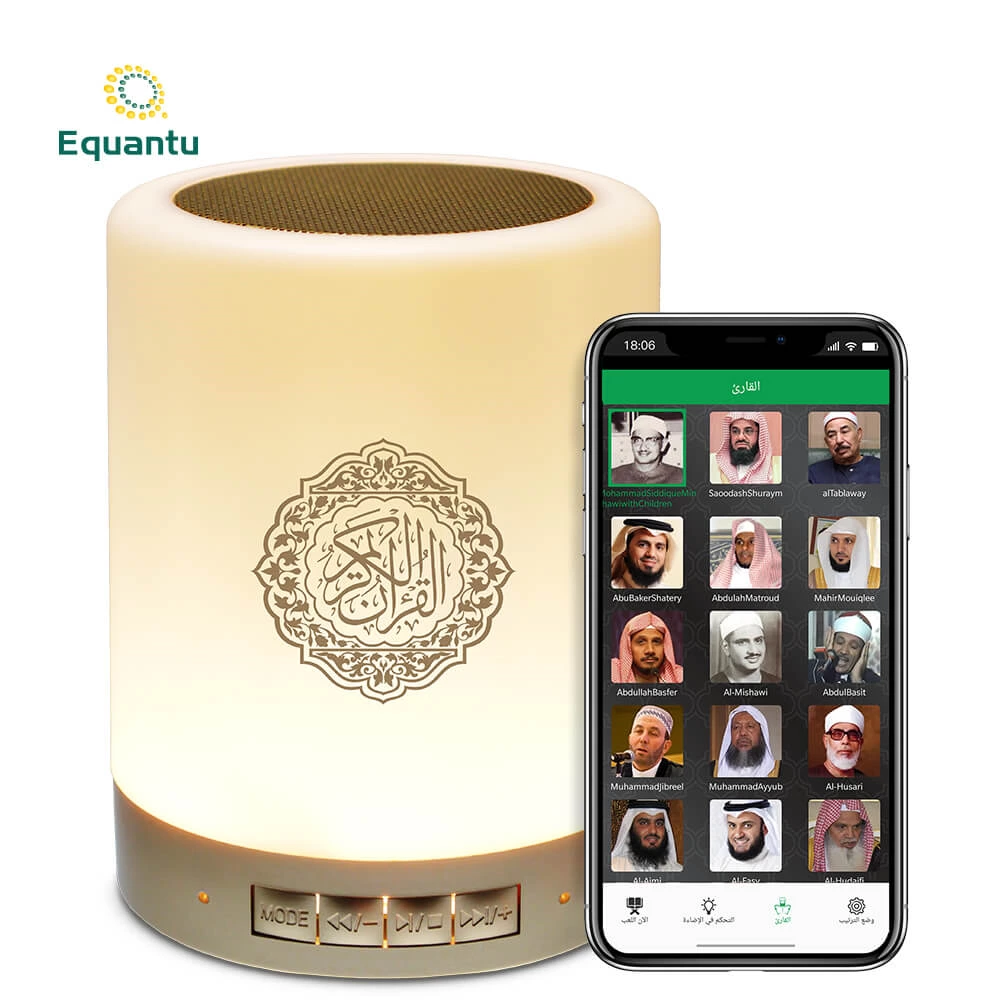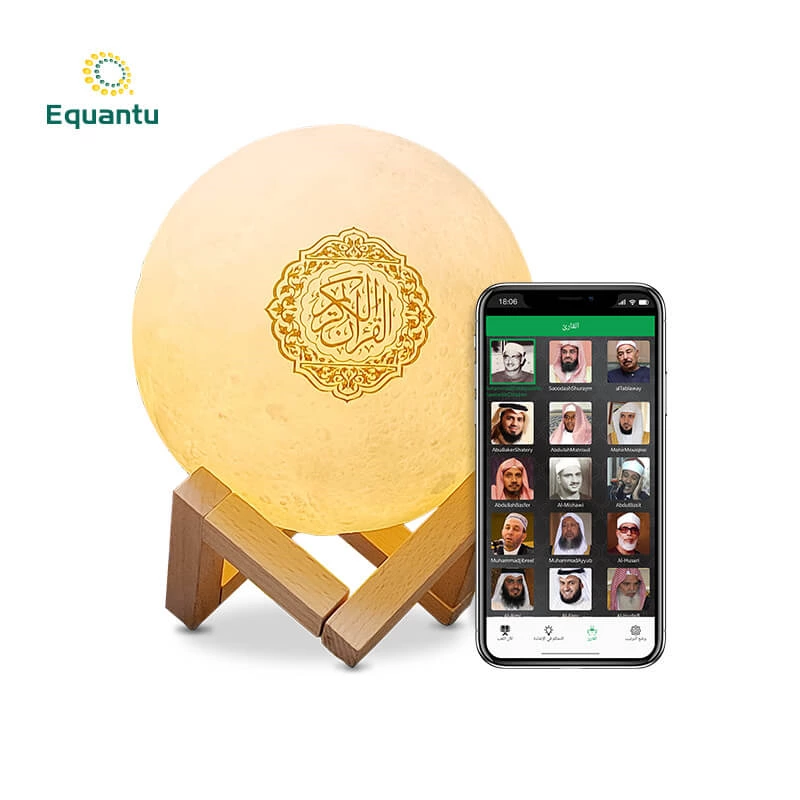Origins and Significance of the Camera Obscura
The camera obscura, Latin for "dark chamber," is a sophisticated optical device that projects an image of its surroundings onto a screen. The basic principle involves a darkened room or box with a small hole on one side. Light passing through the hole projects an inverted image of the outside scene onto the opposite wall. Although the basic concept was known to ancient Chinese and Greek philosophers, it was during the Islamic Golden Age that the camera obscura was extensively studied and refined.
Ibn al-Haytham’s Contributions to Optics
Ibn al-Haytham, also known as Alhazen, was a pioneering Muslim scientist who made substantial contributions to the field of optics in the early 11th century. His seminal work, "Kitab al-Manazir" (Book of Optics), laid the groundwork for modern optical science. Alhazen conducted meticulous experiments with the camera obscura, using it to investigate the nature of light and vision. His studies led to the formulation of theories on light reflection and refraction, challenging the prevailing Greek theories and setting new standards for empirical research.
Alhazen's Approach to Scientific Inquiry
Alhazen emphasized the importance of empirical evidence and experimental validation, principles that were revolutionary at the time. He used the camera obscura not just as a theoretical tool but as a means to conduct experiments, allowing him to observe and measure the behavior of light under controlled conditions. This methodological rigor established a foundation for the scientific method, influencing subsequent generations of scientists both in the Islamic world and in Europe.
Impact on Modern Optics and Photography
The innovations introduced by Alhazen and his contemporaries in the Islamic Golden Age had far-reaching effects on the development of optics and photography. The camera obscura served as a fundamental tool for artists and scientists alike, enabling accurate representations of the natural world. The principles derived from its study paved the way for the invention of the pinhole camera and eventually the development of photographic technology. Moreover, Alhazen's work on light and vision remains a cornerstone in the study of optics today.
Integration with Modern Islamic Products
Modern Islamic products like Quran speakers and Zikr rings reflect the precision and innovation that characterized Muslim contributions to optics and science. Quran speakers, designed with advanced acoustic technology and elegant designs, embody the meticulous craftsmanship of historical Muslim scientists. They provide a seamless way to integrate spiritual practices into daily life, much like the innovations of the past integrated seamlessly into their respective fields. Zikr rings, adorned with geometric patterns inspired by Islamic art and mathematics, serve as personal reminders of faith and mindfulness, honoring the mathematical and optical principles established by scholars like Alhazen.
Conclusion
The camera obscura and the advancements in optics made by Muslim scientists like Ibn al-Haytham have left an indelible mark on the world of science and technology. Their legacy of innovation, precision, and empirical inquiry continues to inspire modern scientific endeavors and Islamic products alike. By embracing the principles established during the Islamic Golden Age, contemporary products such as Quran speakers and Zikr rings not only honor this rich heritage but also enhance the spiritual and functional aspects of modern life. The enduring influence of Muslim inventions underscores the importance of preserving and celebrating the contributions of Islamic scholars to global knowledge and culture.







